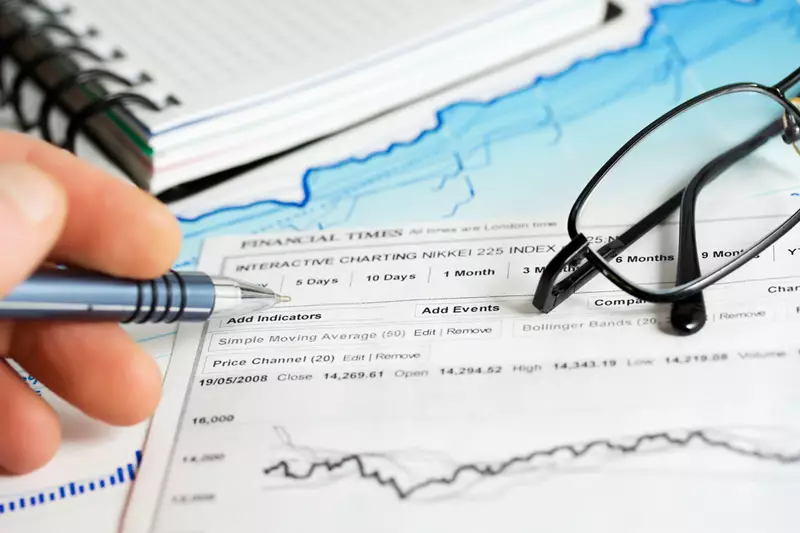On January 6, 2025, Justin Trudeau’s announcement to resign from his role as the leader of Canada’s Liberal Party marked a pivotal moment in Canadian politics. His decision not only initiates the search for a new party leader but also sets the stage for his replacement as Prime Minister. The ramifications of this announcement extend beyond simple party politics; they signal a possible reorganization of the government in the lead-up to the federal elections scheduled for no later than October 20, 2025.
In a move that underscores the urgency of the leadership change, Trudeau has suspended Parliament, delaying its resumption from January 27 until March 24. This suspension is deliberately designed to provide ample time for the Liberal Party’s leadership race. During this period, multiple candidates are positioning themselves to assume command, with potential frontrunners like former Finance Minister Chrystia Freeland and ex-Bank Governor Mark Carney. Their unique backgrounds suggest differing approaches to policy-making that will resonate with various voter demographics, making this an essential election for the future of the Liberal Party.
With the election cycle drawing near, the electoral landscape presents challenges for the Liberals. Recent polling indicates a significant lead for Canada’s opposition Conservative Party, led by Pierre Poilievre, who has a 24-point edge over the Liberals according to CBC News’s poll tracker. If the Conservatives maintain or expand this lead, they may secure a majority in the House of Commons—currently comprising 343 seats, a change from the former 338 based on the latest census data. This scenario underscores the urgency for the Liberals to reestablish their political footing ahead of the vote.
The economic consequences of an anticipated Liberal-to-Conservative shift could be profound. The Bank of America has suggested that such a transition may bring about significant changes in policy, particularly concerning fiscal strategies. A Conservative government could pivot towards fiscal consolidation, affecting everything from taxation to public spending. Moreover, managing the relationship with the incoming US administration under President Donald Trump could complicate these dynamics further, especially with the looming threat of tariffs that could be leveraged as political tools.
Amidst this political turbulence, what remains to be seen is how the Canadian economy will react. Experts predict that the Bank of Canada will remain steadfast in its approach to interest rates, opting for stability amidst uncertainty. The Canadian Dollar is anticipated to act as a buffer, softening the impacts of any new US policies directed at Canada. Investors and policymakers alike will be closely monitoring the effects of any leadership changes on domestic and foreign economic relations.
Trudeau’s announcement marks the beginning of significant political changes in Canada. As parties prepare for a closely watched race for leadership, the implications of these changes on governance, economic policy, and the relationship with the United States will be critical to follow in the coming months.

